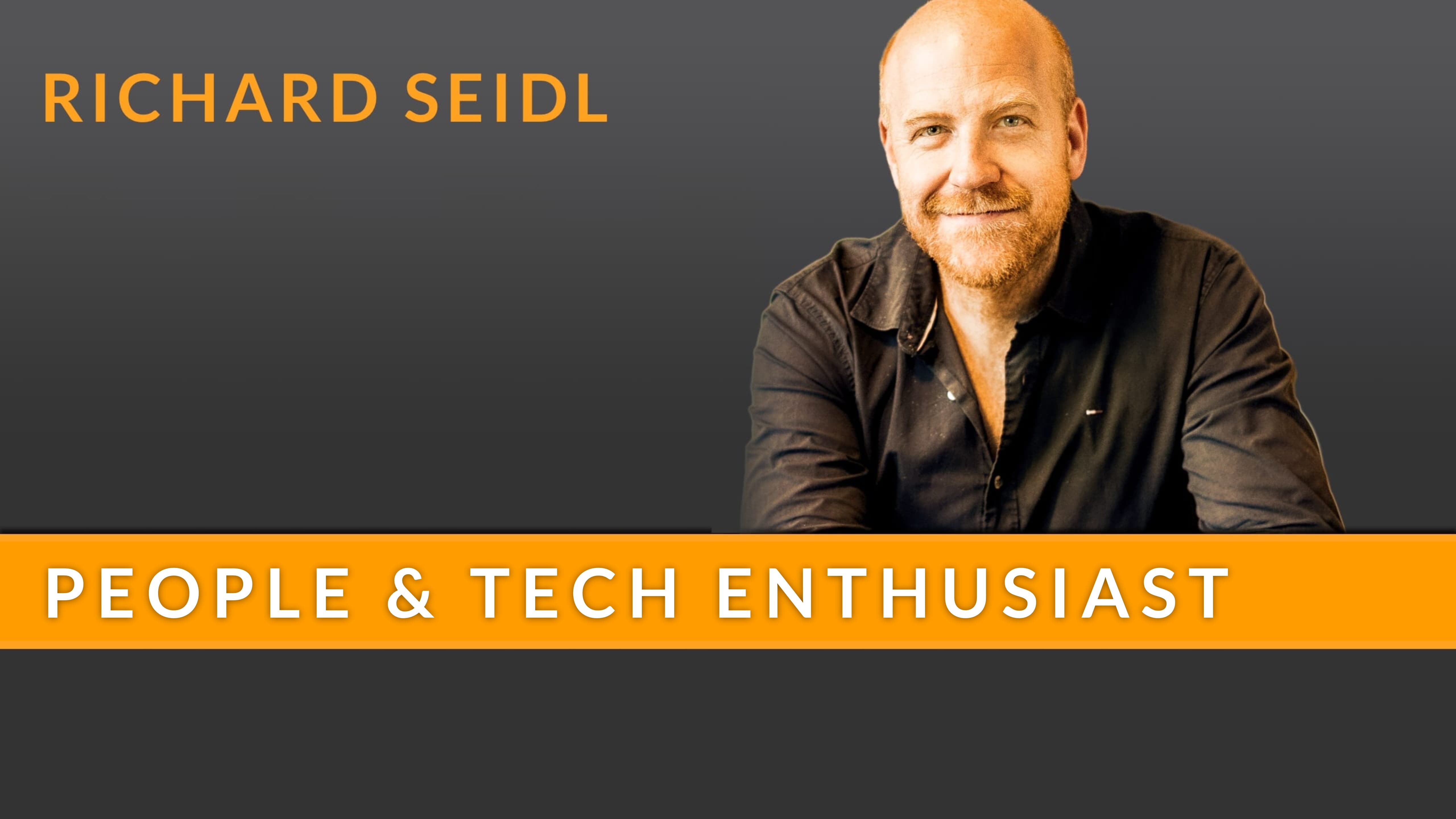2 min read
Effort
"We need an effort! Our daily employment lala does not bring us to our goal." - Richard Seidl What are we actually doing? It's uncomfortable right...

I received a number of responses to my last topic "Optimism about the future". Most of them revolved around the following questions: How do you focus your attention on the positive? How do you get out of the problem trance? I'm picking up the ball. Because current events make this topic more important than ever! How "bad" the world appears to us not only affects our lives, but also our daily work, our projects and our companies. Let's take a look at a few ways of shifting our focus.
First we have to end the problem trance! The resigned view of the fly in the ointment must be broken. What helps here is the interruption of patterns. If the problem and thought sorters start to gather together in the workshop and start to get on each other's nerves about why this or that won't work: take a break. Everyone outside with their coffee. Or "unintentionally" slam the metaplan wall to the floor. Or watch cat videos on Insta together. Or a joke … In an individual coaching session, I once flicked water in the face of a client who had already been talking about her problem trance for 20 minutes. The laughter that followed was the interruption she needed.
The body is a good tool for directing focus. Someone who stands upright and open cannot be in as bad a mood as someone who sits slumped at a meeting table - one of the reasons why dailies take place standing up. Walking is even better, as it gets our thoughts flowing. The mind follows the body.
In evolutionary terms, our evaluation of perception has been geared towards weighting the negative more than the positive. This also makes sense when a sabre-toothed tiger is standing in front of you: Running away was usually the better option than admiring the fur. Nowadays, such situations are rather rare. To give more weight to the positive, we have two options: Focus on things
In many biographies of successful and optimistic people, you can read that this is exactly what they wrote down again and again in their diaries: What am I grateful for? What have I done well today? Lo and behold, there's a similar question in the Daily Meeting - but why? 😉 And if gratitude is too "eso" for you, then take: What do I really like right now?
Just as helpful: eliminate bad news. If you follow the live tickers of the latest crises from early in the morning, discuss them during your coffee break and go to bed with the late news in the evening, you shouldn't be surprised if you're in a bad mood. The media have long understood that bad news works better than good news. And on social media channels, you can find exactly the opposite: on Facebook, everyone else is on vacation, on Insta, everyone is always eating fancy food and on LinkedIn, everyone is shining with business successes. And this comparison is not optimistic either.
So: slow down, turn off. Stay informed, but not constantly bombarded.
There is an exercise that I know from improv theater: You take on the role of two experts, for example for bubble wrap (LBF). Two rounds follow:
E1 muses: "The LBF is a wonderful way to overwinter plant pots."
E2 counters: "No, then everything gets moldy."
E1: "But you can put on great pop concerts with LBF."
E2: "And then you have a lot of garbage." …
Second round: E1: "The LBF is a wonderful way to overwinter plant pots."
E2: "Yes, exactly, and if you extend it to the ground, it makes a funny bang when you walk."
E1: "Yes, exactly, and if you make the bubbles even bigger, we have a bouncy castle!"
E2: "Yes, exactly, and if we make them even bigger, you can put little tiny houses in them."
…
Do you see the difference? A "no" and a "but" stop the story and the positive thinking. A "Yes, exactly, and …" brings completely new ideas and possibilities.
And now think back to the last brainstorming session or workshop and imagine the wealth of innovative and new ideas that could have emerged! Yes, even bizarre, crazy, impossible ones. But as the saying goes: "Everyone said it couldn't be done. Then someone came along who didn't know that and did it."

2 min read
"We need an effort! Our daily employment lala does not bring us to our goal." - Richard Seidl What are we actually doing? It's uncomfortable right...

For me, the unit test is the most essential of all test stages. It is also the first thing I look at when I start a new consulting project. Why? This...

Today I would like to follow up on a few thoughts that have reached me as feedback: Why should we be agile now and not carry on as before?